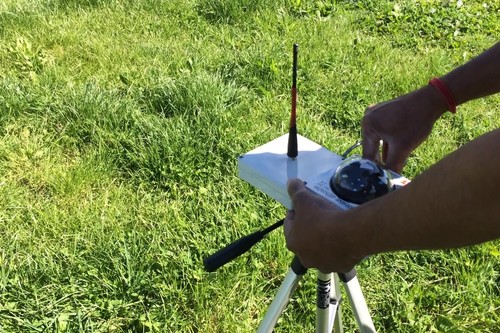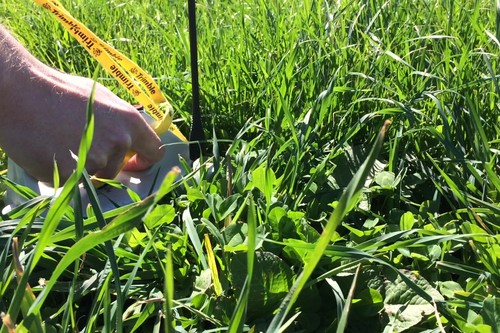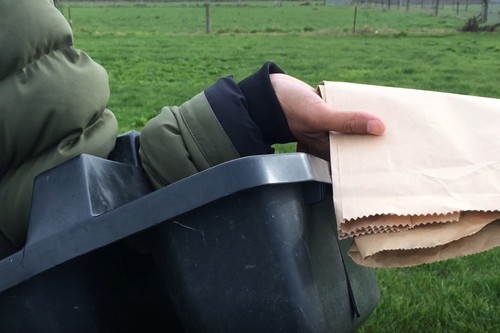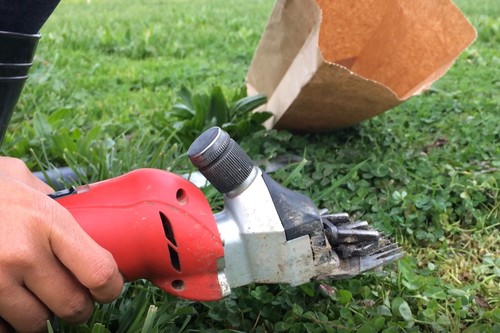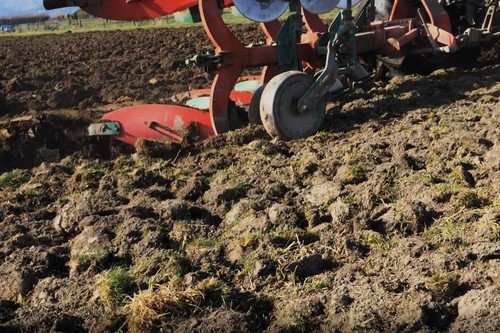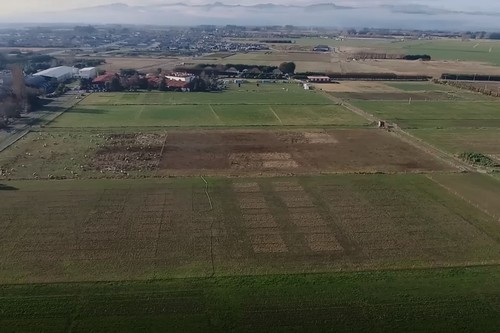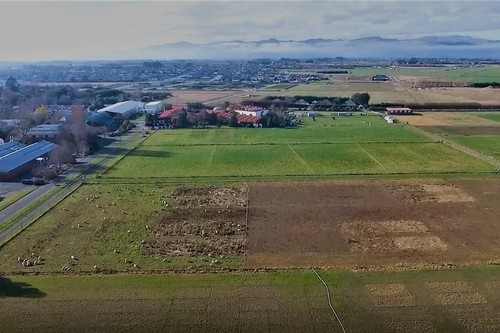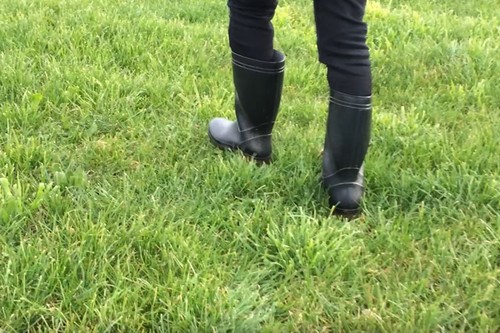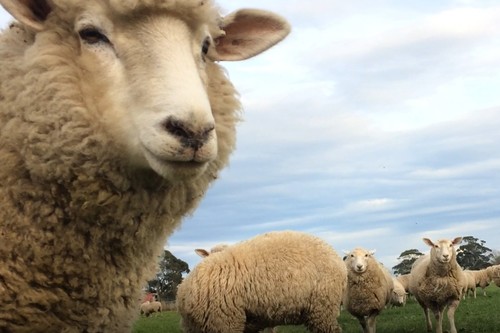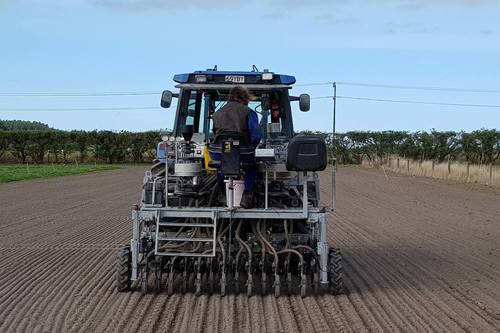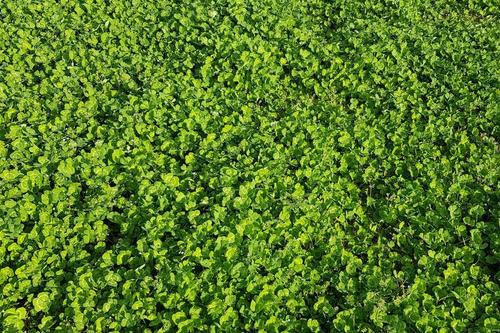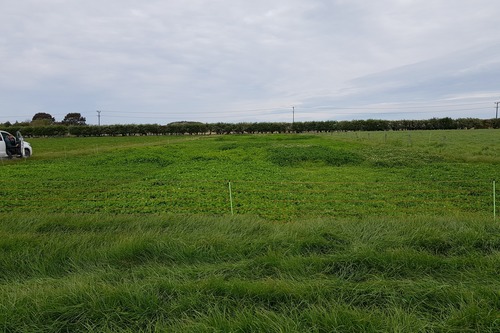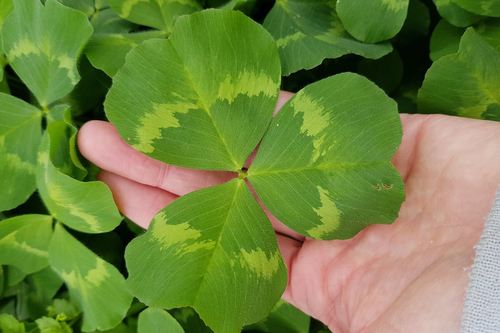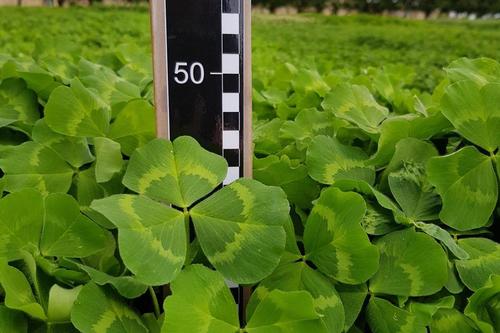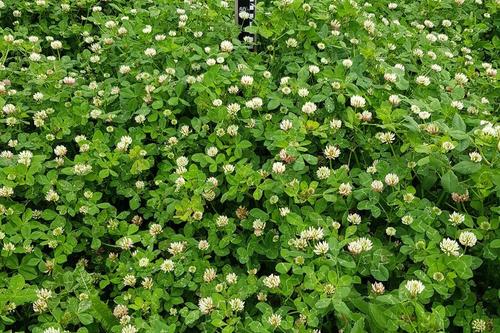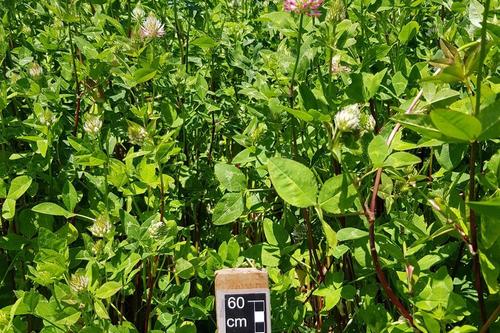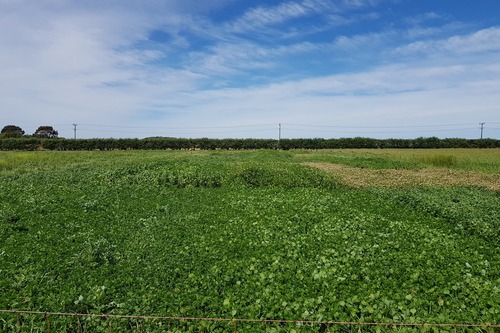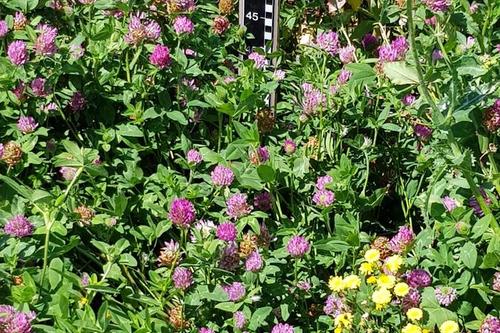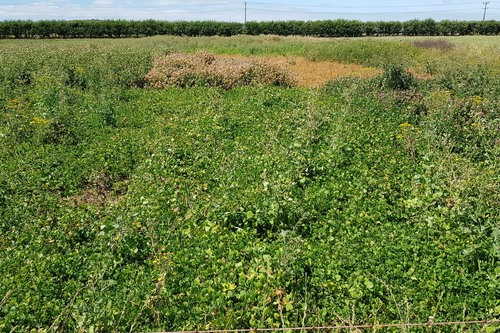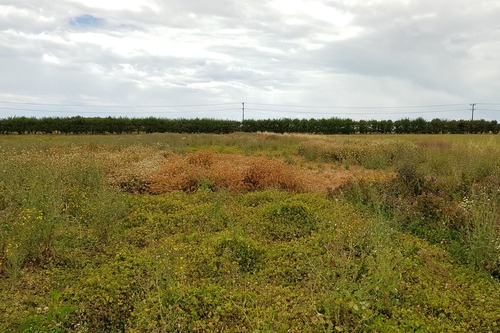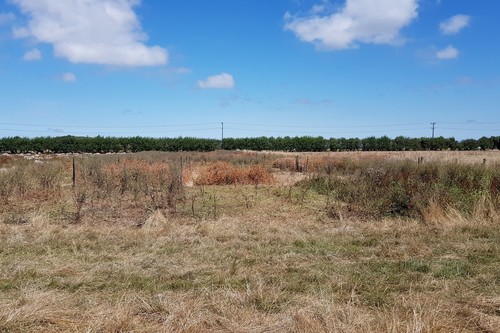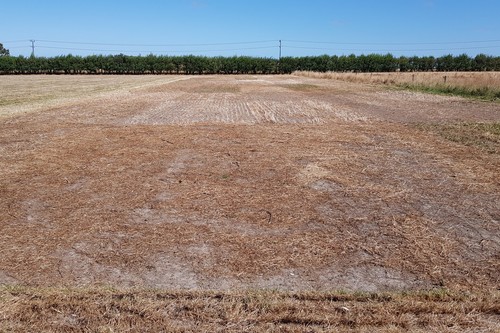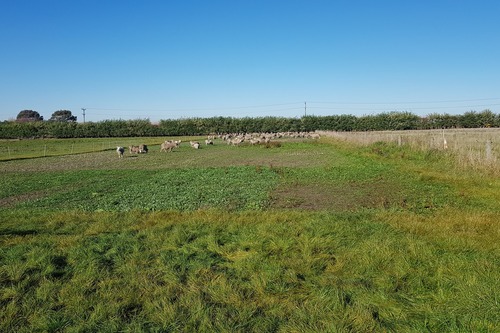Key messages
- Pasture mixes/pasture diversity and pastures with plantain are receiving a lot of media attention.
- This series of experiments showed that under irrigated conditions a simple mix of perennial ryegrass and white or red clover was the most suitable.
- The number of seeds sown of perennial ryegrass and white clover should be approximately equal to optimise yield and quality and there was no difference when sowing 1000 or 2000 seeds/m2.
- If plantain was added to a perennial ryegrass/white clover sward then it only resulted in a yield advantage if nitrogen fertiliser was also used.
- Under rainfed conditions, sub clover was shown to grow a month earlier in spring than red and white clovers, which more closely algins with animal demand in early spring.
About the study site
Iversen Field is a 20 ha pastoral research area at the south end of the Lincoln University campus. This site is a key area for detailed commercial and postgraduate experiments as proximity allows intensive measurements to be taken. The site is flat land on a deep (>2 m) Wakanui silt loam soil. Irrigation is available to allow potential yields to be determined when required. Mean annual rainfall is 590 mm (20002-2020) and, under dryland conditions, the site has a “summer dry” environment.
Study 1 - Annual growth rates of clovers
What was trialled
- This experiment compared yield, growth rates and nutritive value of monocultures of annual (arrowleaf, balansa, Persian and subterranean) and perennial (white and red) clovers over two years.
Key findings
- Arrowleaf clover produced the highest yield in Year 1 but failed to regenerate from seed. This species is unsuitable for most pasture situations because of the hard seed issue.
- Sub clover produced the earliest dry matter yields of the legumes. It regenerated from seed in Year 2.
- Balansa clover was a prolific seeding species. However, hot dry conditions at the beginning of Year 2 meant no re-emergence occurred. This was unexpected and happened even when irrigation water was applied to stimulate emergence. The Balansa was observed to be producing seedlings in Year 3 – but its failure in Year 2 makes it unsuitable for most mixed sward situations.
Keen to know more?
- Olykan et al. 2021: Growth rates and persistence of annual and perennial clovers.
Study 2 - Sub clover annual growth rates
What was trialled
- Herbicide options for sub clover were investigated, as well as the ability of different sub species to cope with water logging.
Key findings
- Large leafed sub clover cultivars produced more dry matter than small leafed. This was because the large leafed cultivars reached canopy closure earlier so intercepted more of the available light.
- A combination a large and small leafed cultivar is recommended for oversowing/overdrilling into dry hill country.
- Several herbicides are available for weed control if monocultures of sub clover are established. Sub clover is not often listed as a safe species on product labels because the market is small or it hasn’t been tested.
Keen to know more?
- Taylor et al. 2020: Yield of subterranean clover after post-emergence herbicide application for broadleaf weed control.
- B+LNZ Fact Sheets. Broadleaf weed control in emerging subterranean clover.
- B+LNZ Fact Sheets. Subterranean clover tolerance to waterlogging.
Study 3 - Growth and composition of irrigated perennial ryegrass, white clover and plantain in monocultures and mixtures
What was trialled
- A simplex design approach was used to identify an optimum mixture of perennial ryegrass, white clover and plantain for maximum dry matter (DM) yield in an intensive pasture.
- Pastures were grown under irrigation with or without nitrogen (N) fertiliser.
Key findings
- For irrigated or summer moist regions a simple ryegrass/white clover mix optimised yield and quality.
- Equal numbers of seeds of each species sown at 1000/m2 was the optimum sowing rate when N fertiliser was not used.
- The addition of plantain to this mix reduced yields because of a lack of N in the system due to it outcompeting the white clover.
- For irrigated or summer moist regions where N fertiliser is used an equal mix of perennial ryegrass, white clover and plantain gave the optimum yield and quality.
Keen to know more?
- Black et al. 2021: Plant diversity with species drilled in the same or alternate rows enhanced pasture yield and quality over 4 years.
- Myint et al 2021: Nitrogen effects on species’ contributions to grazed pasture mixtures under nitrogen loss and application restrictions.
Study 4 - Growth and composition of irrigated perennial ryegrass, cocksfoot, plantain, white clover, red clover and subterranean clover in monocultures and mixtures
What was trialled
- This experiment examined the effects of plant species diversity and sowing method on seasonal patterns of pasture yield and quality of a total of 69 primary, binary, tertiary and quaternary pasture mixes grown under irrigated conditions in four reps (276 plots).
- The main objective was to identify the pasture mix which maximised pasture yield and quality over a 4-year period.
Key findings
- This comprehensive experiment confirmed the 50:50 perennial ryegrass, white clover mix as optimising yield and quality. Perennial ryegrass with red clover was equally successful for the four-year duration of this experiment.
- Plantain did not add to the yield or quality of the pastures and the centroid mix (6 species) was no more productive than the binary mixes and became perennial ryegrass was dominant after two years.
- After establishment the decision was made to irrigate the experiment. This meant sub clover was unable to regenerate after Year 1.
- These plots became an indicator of the weed burden and invasive potential of other species. The annual weeds were highly productive because winter and summer annuals grew which maximized seasonal growth.
- The yield of all plots was related to the ability of their canopy to intercept solar radiation through rapid recovery after grazing and a complimentary leaf arrangement. The grass plots became nitrogen deficient over time which reduced their radiation use efficiency and enabled a competitive advantage for the grass clover mixes.
